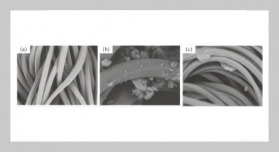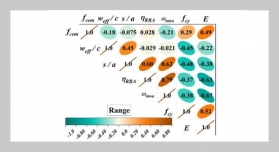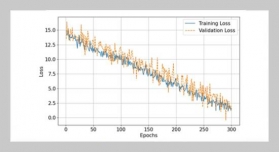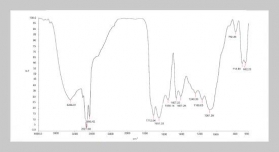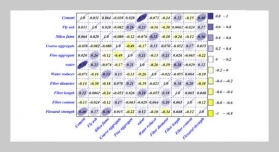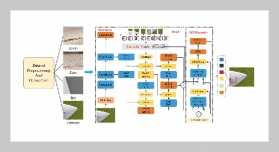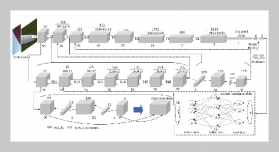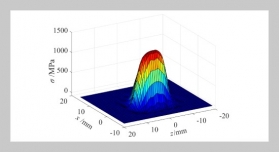J. K. Jan1 , J. C. Lee2 , C. H. Lin3 , Chin-Chen Chang4
1Department of Applied Mathematics National Chung Hsing University Taichung, Taiwan, R.O.C.
2Institute of Information Science National Chung Hsing University Taichung, Taiwan, R.O.C.
3Department of Information Science Tunghai University Taichung, Taiwan, R.O.C.
4Department of Computer Science and Information Engineering National Chung Cheng University Chaiyi, Taiwan, R.O.C.
Received:
June 8, 2000
Accepted:
June 29, 2000
Publication Date:
December 1, 2000
Download Citation:
||https://doi.org/10.6180/jase.2000.3.4.01
ABSTRACT
Jan proposed a mechanism that fulfils the requirement of a single key-lock (SKL for short) information protection system. Using Jan’s SKL method, each user is given a key, each file a sequence number, and an operating on the key of a user with the sequence number of a file yields the user’s corresponding access privilege on the file. In Jan’s literature, a formula to compute each user’s key for a given set of assigned sequence numbers and a set of corresponding access privileges is also provided. However, different assignments of sequence numbers to the secured files will yield different keys. In this paper, an efficient way to assign a set of sequence numbers to the set of files such that the maximal key value is minimized is presented.
Keywords:
file protection, access control, single-key scheme, access control matrix
REFERENCES
- [1] Chang, C. C., Chen, C. P., ”A key-lock-pair mechanism base upon generalized Chinese remainder theorem,” Journal of the Chinese Institute of Engineering, Vol. 9, No. 4, pp. 383-390, (1986).
- [2] Chang, C. C., ”On the design of a key-lockpair mechanism in information protection systems,” BIT, Vol. 26, pp. 410-417, (1986).
- [3] Denning, P. J., ”Third generation computer systems,” Computer Surveys, Vol. 3, No.4, pp. 175-216, (1971).
- [4] Graham, G. S., Denning, P. L., ”Protection principles and practice,” Proc. Spring Jt. Computer Conference, Vol. 40, AFIPS Press, Montvale, N.J., pp. 417-429, (1972).
- [5] Jan, J. K., ”A Single Key Access Control Scheme in Information Protection System,” Information Sciences, Vol. 51, pp. 1-11, (1990).
- [6] Laih, C. S., Harn, L., Lee, J. Y., ”On the design of single-key-lock mechanism based on New-ton’s interpolation polynomials,” IEEE Trans. on Software Engineering, pp. 1135- 1137, Sep. (1989).
- [7] Lampson, B. W., ”Protection,” Proc. 5th Princeton Symp. Info. Sci. Syst., Princeton University, Princeton, New Jersey, pp. 437- 443, (1971).
- [8] Lin, C. H., Lee, R. C. T., and Chang, C. C., ”A dynamic access control mechanism in information protection systems,” Journal of Information Science and Engineering, pp. 25- 31, (1990).
- [9] Wu, M. L., Hwang, T. Y., ”Access control with single-key-lock,” IEEE Trans. on Software Engineering, Vol. SE-10, No. 2, pp. 185-191, (1984).




